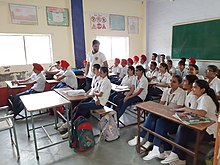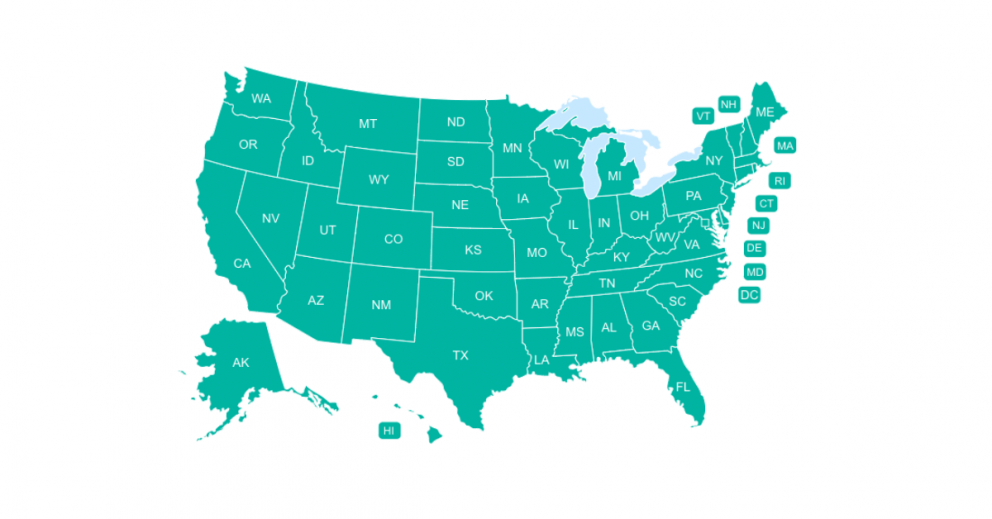
To teach the 3 Times Table, there are many teaching resources. They are high-quality and packed with valuable teaching tips accumulated over many years. They feature visually stimulating materials and colourful images that keep children interested and engaged. Here are three ways to make Times Table 3 fun and interactive for your students. You can also test their knowledge by creating your own learning game. Don't forget to test them in a classroom setting.
Learn the 3 Times Table
There are many ways to practice the 3 times table. You can practice the 3 times table in sequence or random order. You can also practice it on your PC, tablet, or mobile phone. You can also print the worksheets and use them whenever you have free time. It is important to learn the 3 times tables quickly and easily. You'll need it for year 4 maths.

Do it!
It is very beneficial for elementary school students to practice the times tables. There are many ways to practice this multiplication skill, from practicing a specific table to doing it on the internet. You can practice time tables one by one, all of them or any table that you choose. The more you practice, the faster you'll be at recalling the numbers in the times table. Here are three ways to practice timestable 3.
Recite it
It's simple to remember the 3x table. There is no need to remember any tricks. Remember that multiplication charts with multiples 3 are an even combination of numbers. The difference between the results is three. The times table can be recited three times to recall the math facts. With your child, practice multiplication and addition. This method of memorizing the times table will help you remember the patterns of 1, 3, 6, and 9 with ease.
Create a new game
You can teach your child times tables by creating a game. Multiples of 3 can be a valuable subject to learn and a fun way for children to reinforce their learning. You can make a game using a tablet or a computer. Make sure that you choose a game that is suitable for your children and includes the times table. Children who love solving equations will enjoy the challenge and will be excited about playing the game.
Ask questions at the multiplication chart
You should be able to ask questions from the multiplication chart. For example, how many times seven times six times ten is it? 21 is the answer. The product can be found by dividing the answer by 2. When you do this, you will remember that the product is twice the original number. This principle can be used to solve other multiplication problems. Multiplication charts contain 81 entries. You don't have to remember them all.

Make it fun
You have many options to make times table three fun for your children. You can keep your kids entertained while learning by using the 3 times table activities below. Play 3 Times Table Bingo. Have your students answer the six questions and then give the correct answers. Hang bunting decorated with the three times table sums is another way of making times table 3 fun. Humpty Dumpty’s Wall Multiplying By 3 Worksheet is another great activity. Players must roll the dice to find out the sum of each number, then add it up.
FAQ
What is the difference between school and college?
Schools are usually divided into classes (or grades), with a teacher who is responsible for teaching a specific class. Colleges are larger organizations that offer more specialized programs and often include university-level courses. The majority of schools focus on core subjects, while colleges offer more specialized programs. The curriculum at both levels is intended to prepare students to study at higher levels.
Do you need to go to college to become an early childhood educator?
You can't, but it is worth considering going to college to get a degree in this field.
It's important to note that becoming a teacher isn't easy. Each year, many applicants are rejected from programs. A lot of people leave college after just one semester.
To become a teacher, you must also meet certain qualifications.
What does it take to be a teacher early childhood?
It is important to decide whether you want to enter early childhood education. Then you will need your bachelor's degrees. In some states, students must have a masters degree.
You will also likely need to attend classes during the summer months. These courses can be taken to learn about topics such as pedagogy and curriculum design.
Many colleges offer associate degree programs that lead directly into a teaching certificate.
Some schools offer certificates and bachelor's degrees in early education. Other schools only offer diplomas.
Additional training may not be necessary if you intend to teach at home.
What are the types of early child education?
There are many ways to explain early childhood education. The most common ones include:
-
Preschool - Children ages 2 to 5
-
PreKindergarten- Children from 4-6 years of age
-
Head Start/Headstart - Children from 0-3 Years
-
Day Care/ Daycares - Children ages 0 to 5
-
Child Care Centres - Children from 0-18 Years
-
Family Child Care for Children Ages 0-12
-
Home schooling - Children aged KG to 16.
How do you get scholarships?
Scholarships can be granted to help cover college expenses. There are many kinds of scholarships. These are:
-
Federal Grants
-
State Grants
-
Student Loans
-
Work Study Programs
-
Financial Aid
Federal grants are direct from the U.S. government. Federal grants are subject to certain conditions. You will need to prove financial need.
Each state offers state grants. State grants can be offered by each state based upon financial need, while others are given for specific purposes.
Student loans are issued by banks and other lending institutions. Students are often able to borrow money for expenses such as tuition or living expenses.
Work-study programs encourage employers to hire qualified student workers. Employers must pay at least the minimum wage to their employees.
Financial aid covers the majority or all of the tuition costs for low-income families.
Statistics
- Globally, in 2008, around 89% of children aged six to twelve were enrolled in primary education, and this proportion was rising. (en.wikipedia.org)
- Among STEM majors, that number is 83.5 percent. (bostonreview.net)
- They are also 25% more likely to graduate from high school and have higher math and reading scores, with fewer behavioral problems,” according to research at the University of Tennessee. (habitatbroward.org)
- Think of the rhetorical power of nineteenth-century abolitionist Harriet Beecher Stowe, Martin Luther King, Jr., or Occupy Wall Street activists with their rallying cry of “we are the 99 percent.” (bostonreview.net)
- And, within ten years of graduation, 44.1 percent of 1993 humanities graduates had written to public officials, compared to 30.1 percent of STEM majors. (bostonreview.net)
External Links
How To
Why homeschool?
There are many things to take into consideration when making the decision to homeschool your child or send him to school.
-
What type of education do you want for your child? Are you looking to develop social skills or academic excellence?
-
How involved would you like to be in the education of your child? Do you prefer to stay informed about what your child is doing? Do you prefer to stay informed about what your child is doing?
-
Does your child have special needs? How can you help your child?
-
Do you have the ability to manage your children's time? Do you have the time and commitment to teach your child at home each day?
-
What topics will you cover? Math, science, language arts, art, music, history, geography, etc. ?
-
What amount of money are you able to spend on your child's education?
-
Is it possible for your child to start school at an early age?
-
Where are you going to put your child? This includes finding a space large enough for a classroom, as well as providing adequate facilities such as bathrooms and kitchens.
-
What is your child’s age?
-
When does your child go back to sleep?
-
When does he/she wake-up?
-
How long does it take for you to get from A to B?
-
How far is your child's school from home?
-
How far is your home from your child's school?
-
How will your child get to and from school?
-
What are some benefits to homeschooling?
-
What are their disadvantages?
-
Who will watch over your child when he/she goes outside?
-
What are your expectations for your child?
-
Which type of discipline would you prefer?
-
Which curriculum will you use for your studies?
There are many reasons people choose to homeschool their kids. These are just a few of the reasons why people choose to homeschool their children.
-
Your child is unable to attend traditional schools because of learning disabilities.
-
You wish to offer an alternative education to your child.
-
You desire more flexibility in scheduling.
-
You want to avoid paying high tuition fees.
-
You believe your child is receiving a better quality of education than he/she could receive in a traditional school environment.
-
You think you can teach your child better than the teacher in a traditional school setting.
-
You don't like how the school system works.
-
The school system's rules and regulations make you feel uncomfortable.
-
You want your child develop a strong work ethic.
-
You want your child to be able to choose the courses that interest them.
-
Your child deserves individual attention.
Some other benefits of homeschooling include:
-
There's no need to be concerned about books, uniforms pencils, paper or supplies.
-
You have the option to customize your child’s education according their interests.
-
Homeschooling allows parents to spend time with their children.
-
Students who have been homeschooled learn better because they're not distracted by peers.
-
Homeschoolers often score higher on standardized tests.
-
Homeschool families tends to be happier overall.
-
Homeschool students are less likely not to drop out.